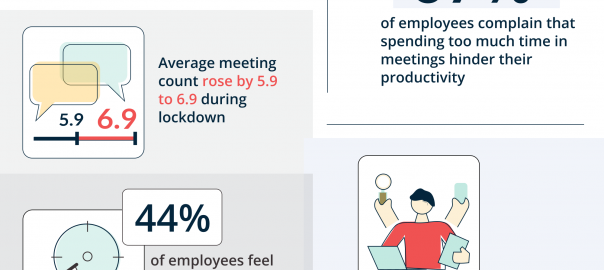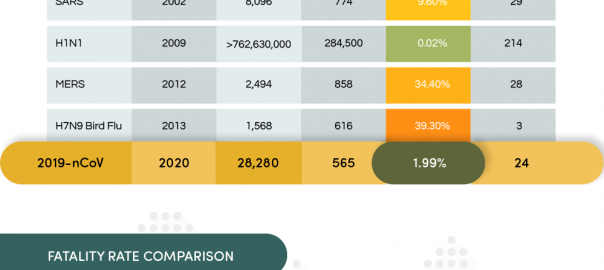Meetings are one of the largest unmanaged cost areas in large organizations. Today, meetings typically consume 40% of the working time of managers and professionals, and with the global COVID-19 pandemic confining people into their homes driving them to work remotely, even more so.
While research shows that managerial and professional people on average spend two days a week in meetings, which in most cases are boring, irrelevant, or badly run, it has taken a huge toll on businesses.
Yet meetings are essential to organizations. Without them, organizational democracy, collaboration, communication, inclusion, buy-in, and cohesion can be compromised. Meetings in and of themselves aren’t problematic, but how we plan and conduct them can lead to them being unproductive and frustrating.
Lack of a clear purpose and ground rules, failing to communicate expectations and failing to make concluding decisions are some of the biggest causes of bad meetings. In this infographic, we look at the consequences of these causes and go over some of the quick solutions you can apply to make your meetings more productive.





